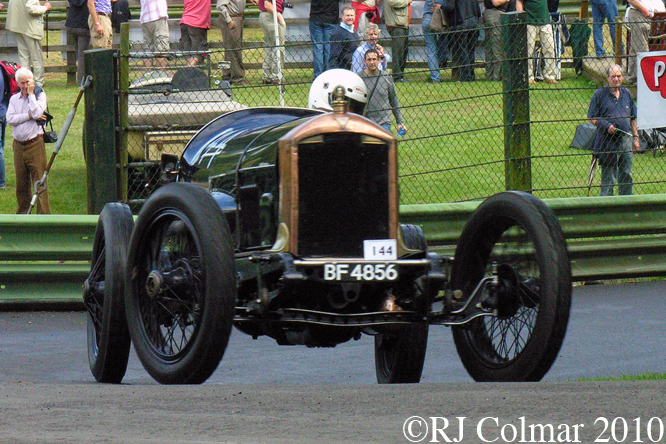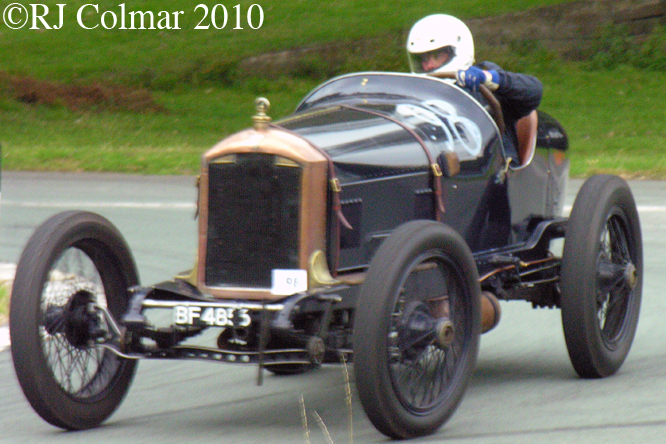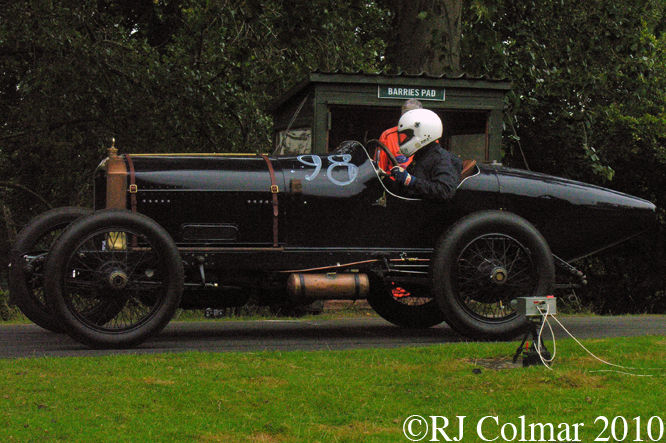Peugeot built four new EX5 cars to compete in the 1914 French Grand Prix that mandated a maximum engine capacity of 4.5 litres / 274 cui and maximum weight of 1,100 kgs / 2,425 lbs.
As with Ernst Henry’s previous 1912 L76 and 1913 L3 Grand Prix winning engine designs the 1914 L45 featured twin overhead cam shafts, four valves per cylinder and with the aid of a Claudel Carburettor it produced 112hp at just 2,800 rpm, unlike it’s predecessors the EX5 had brakes on all four wheels.
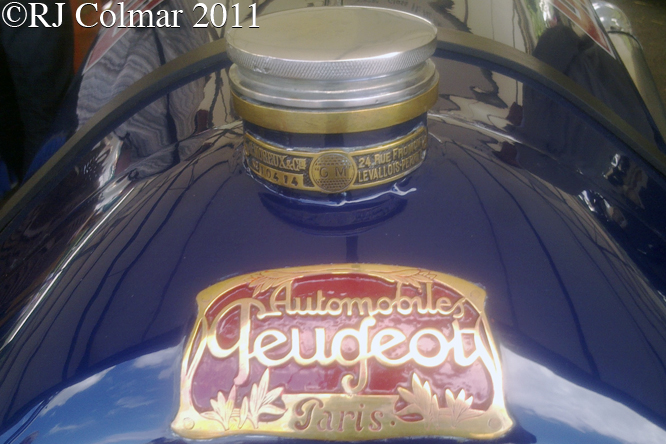
In the race Georges Boillot drove the wheels off his EX5 to try and stay in touch with early Mercedes leader Max Sailer and continued to do so for the next 12 laps, after the Rookie Sailer retired from the lead at 1/4 distance.
Two laps from the end the Mercedes of Christian Lautenschlager passed Georges to lead an eventual Mercedes 1, 2, 3, finish, leaving Boillot to retire with a broken engine and his team mate Jules Goux to finish 4th ahead of the Sunbeam driven by Dario Resta a third EX5 driven by Victor Rigal finished 7th while the fourth EX5 was retained as a spare.
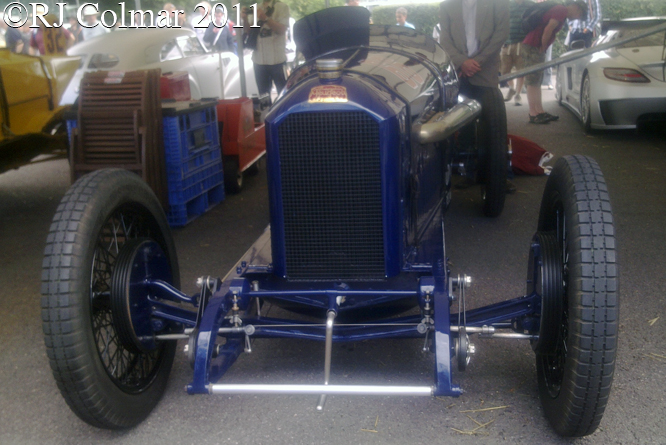
I have been unable to establish what role today’s featured car played in the 1914 French Grand Prix but what is certain is that it was one of a batch of three EX5’s sent to the United States in October 1915 some months after the fourth EX5 had been sent over for Dario Resta to drive.
The Texan lumber family Lutcher Brown appears to have bought today’s featured EX5 for Ralph Mulford to race in the 1916 Indy 500 in which he started 20th and finished 3rd, two spots behind Dario Resta’s winning EX5.
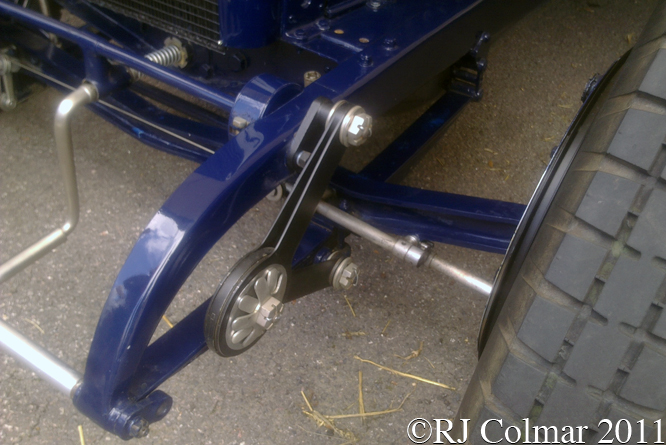
Art Klein who became head of transportation at Warner Brothers had also become the owner of this car by 1948 and he sold it to Lindley Bothwell in time for Lindley to enter it in the 1949 Indy 500 when it was 35 years old !
With the latest tyres fitted Lindley passed his rookie test and recorded a best time of around 103 mph when the qualifying times for the 33 starters in the race ranged from over 125 mph to over 132 mph.
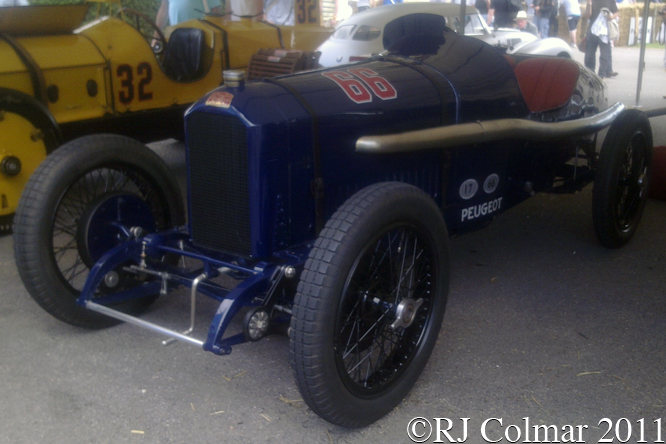
Lindley who over time was a “Yell King” cheerleader at college football matches and pioneer of the use of flashcards for spectators, turned down the opportunity to become a professional baseball player to continue his studies, with three degrees he went on to become one of the top ten citrus growers in the US and owner of one of the biggest private collections of old automobiles that included the last Tzar of Russia’s Rolls Royce and a King George V Daimler.
He was also responsible for setting the California vintage auto racing movement in motion when he organised the 1950 retrospective Vanderbuilt Cup in Santa Monica.
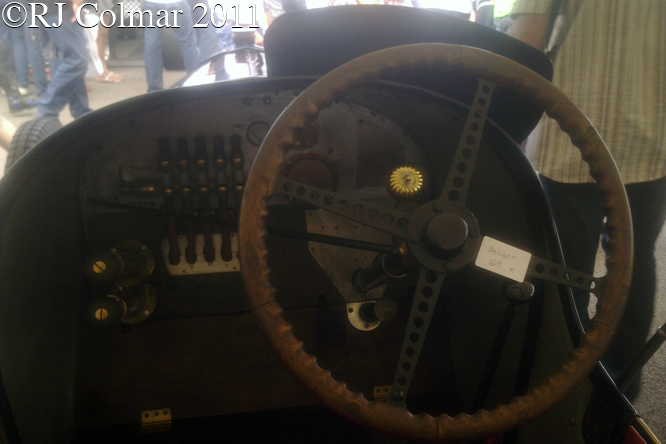
It seems more likely that the Resta EX5 which won at Indy in 1916, ended up being either broken up and or driven by Ray Howard in the 1919 Indy 500 that coincidentally was won by Howdy Wilcox also driving one of the four EX5’s.
The Bothwell family who still own today’s featured EX5 claim to have evidence to back Lindley’s belief that today’s featured EX5, which incidentally is also incorrectly labelled by the Bothwells as a 1913 car, was the 1916 Indy winner, but this has never been made public and until it does it remains unlikely that the King of Yell and his family will win this particular disagreement over this cars exact provenance.
My thanks to Bitburgs finest auto historian Micheal Fines and his colleagues who have helped establish the provenance of today’s featured EX5 at The Nostalgia Forum and on the Track Forum.
Thanks for joining me on this “He Who Yells Loudest” edition of “Gettin’ a li’l psycho on tyres” I hope you will join me again tomorrow for Mercedes Monday. Don’t forget to come back now !


